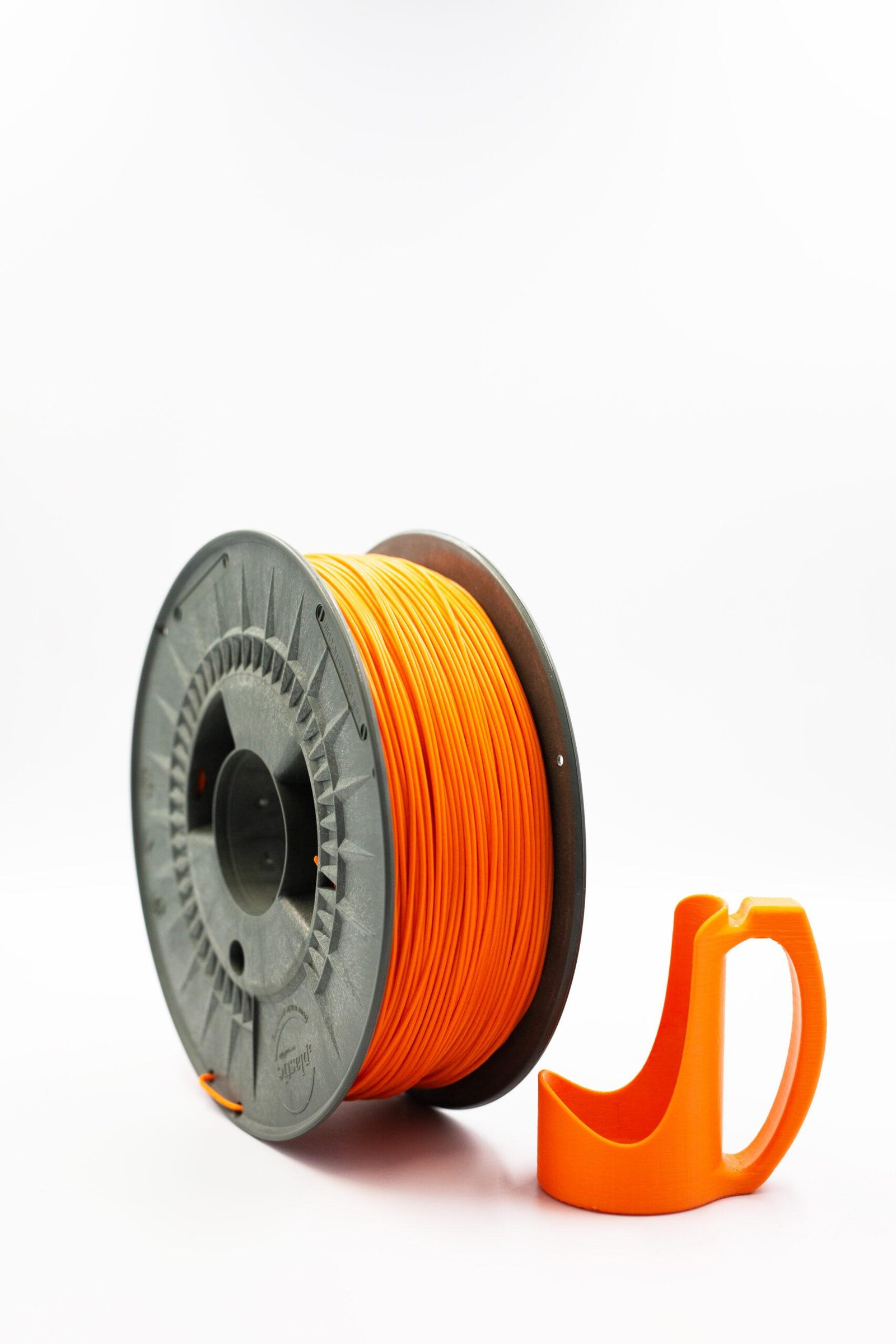The 3D printing industry is evolving at lightning speed, and nowhere is this more evident than in the world of filament innovation. While tried-and-true materials like PLA, ABS, and PETG still dominate the market, a new wave of exotic polymers is emerging—set to redefine what’s possible in both industrial and creative applications. For those eager to get ahead of the curve, keeping up with the latest breakthroughs is essential. If you want to compare the most popular options currently available, check out this comprehensive guide to the best 3D printer filaments in 2025—and keep reading to discover the polymers set to steal the show in 2026.
What Exactly Are Exotic Polymers?
Exotic polymers are a step above the everyday plastics familiar to most 3D printing enthusiasts. These are advanced, high-performance materials engineered for properties that go beyond conventional strength and flexibility. Think exceptional heat resistance, remarkable chemical inertness, conductivity, or even the ability to self-heal and “remember” shapes. Exotic polymers can be the answer to specific engineering challenges or the gateway to innovative product development.
What truly sets exotic polymers apart is their potential to solve problems and unlock new possibilities for sectors like aerospace, automotive, medical devices, and electronics. They are designed for creators who refuse to compromise.
Trends Driving the Next Generation of Polymers
Several trends are pushing the development and adoption of exotic polymers into the mainstream for 2026:
- Advanced Material Science: Ongoing research is continually enhancing polymer properties, creating blends that are lighter, stronger, and more versatile than ever.
- Sustainability: As environmental regulations tighten and consumer preferences shift, demand for biodegradable, recyclable, and eco-friendly exotic polymers is surging.
- Customization: Industries are requesting specialty materials tailored for niche applications—think conductive filaments for wearable tech or biocompatible materials for medical devices.
- High-Performance Demands: As 3D printing shifts from prototyping to full-scale manufacturing, the need for filaments with extraordinary mechanical, thermal, or electrical performance is greater than ever.
Emerging Exotic Polymers to Watch in 2026
1. Next-Generation PEEK (Polyetheretherketone)
Already a darling of aerospace and medical sectors, PEEK’s latest formulations offer even higher thermal stability, improved chemical resistance, and enhanced printability. These improvements mean PEEK will be accessible not just for big industry players but also for ambitious makers and engineers working with advanced desktop printers.
2. Polyimides & PEI (ULTEM)
Known for their ability to withstand extreme heat and stress, new grades of polyimides and PEI are on the horizon. These materials are crucial for components used in aircraft, satellites, and advanced electronics, making them highly sought-after in the coming year.
3. Advanced Fluoropolymers (PVDF, FEP, and More)
Fluoropolymers are gaining attention for their outstanding chemical resistance, electrical properties, and weatherability. New formulations will be more accessible for 3D printing, especially for parts that need to operate in harsh environments or handle aggressive chemicals.
4. Conductive & Electroactive Polymers
With the explosion of smart devices and wearable technology, polymers that can conduct electricity or respond to electrical fields are set to become game changers. Imagine 3D printing flexible sensors, antennas, or even circuits directly into wearable products.
5. Self-Healing & Shape-Memory Polymers
2026 will see more materials capable of “healing” small cracks or returning to their original form after deformation. These smart polymers will have major implications for robotics, medical implants, and safety equipment.
6. Biodegradable & Eco-Friendly Exotic Blends
Not only are new exotic blends pushing the envelope in terms of performance, but they are also doing so sustainably. Compostable, plant-based, or recycled exotic filaments are hitting the market, combining environmental responsibility with cutting-edge performance.
Opportunities and Challenges
The arrival of these materials is set to change the face of 3D printing. Creators will be able to produce parts that are stronger, lighter, more durable, or smarter than anything possible before. However, working with exotic polymers comes with its own set of challenges:
- Cost: Advanced polymers are generally more expensive, so careful budgeting is required.
- Machine Compatibility: These materials often require specialized equipment—high-temp nozzles, heated beds, or enclosures.
- Learning Curve: Print settings, storage, and post-processing can be more demanding than with standard filaments.
Yet, for those willing to experiment and learn, the payoffs can be extraordinary. Exotic polymers allow engineers, designers, and hobbyists to solve problems that were previously out of reach.
Where to Find and Test the Latest Polymers
If you’re excited to try these new materials, sourcing them from reputable suppliers is crucial. When you’re ready to experiment with the best, turn to specialists who understand the importance of quality and consistency. Filalab.shop is dedicated to bringing the latest and most advanced filaments to the 3D printing community, ensuring creators always have access to the most innovative options.
Looking Ahead: Stay Curious, Stay Innovative
As 2026 approaches, the frontier of 3D printing materials is expanding faster than ever. Exotic polymers are at the heart of this revolution, unlocking new performance standards and inspiring creative breakthroughs. Whether you’re a seasoned engineer or a passionate hobbyist, now is the time to explore, experiment, and stay ahead of the curve—because the next era of 3D printing is already being built, one extraordinary polymer at a time

